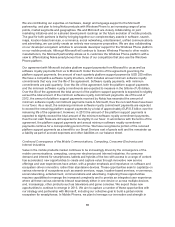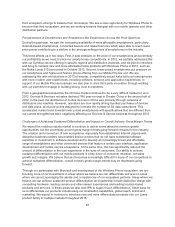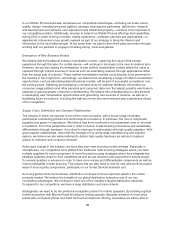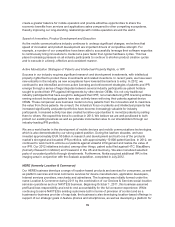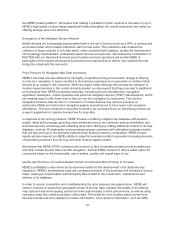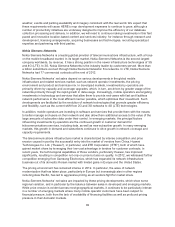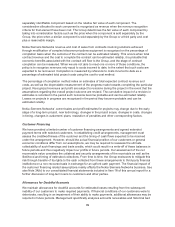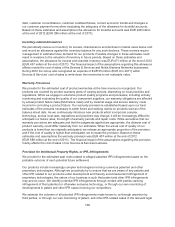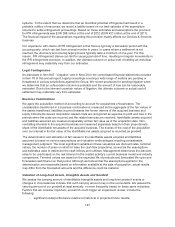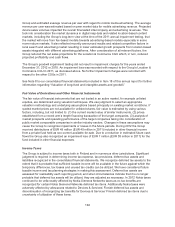Nokia 2012 Annual Report Download - page 95
Download and view the complete annual report
Please find page 95 of the 2012 Nokia annual report below. You can navigate through the pages in the report by either clicking on the pages listed below, or by using the keyword search tool below to find specific information within the annual report.In November 2011, Nokia Siemens Networks put emphasis on the centrality of mobile networks to the
future development of telecommunications and announced that it would place mobile broadband at the
heart of its strategy, articulating an ambition to provide the world’s most efficient mobile networks, the
intelligence to maximize the value of those networks and the services capability to make them work
seamlessly. In line with its strategy, Nokia Siemens Networks has significantly increased its investment
in mobile broadband. This goal was at the heart of its strategy in 2012.
Also during 2011, Nokia Siemens Networks launched the network architecture designed to equip
operators to meet the challenges they are facing. “Liquid Net” architecture provides flexibility across
networks to adapt to changing customer needs instantly, using existing resources more efficiently. This
optimizes capital investment and allows operators to seek new revenue opportunities. Liquid Net uses
automated, self-adapting broadband optimization to remain constantly aware of the network’s
operational status, as well as the services and content being consumed, to ensure the best user
experience. Liquid Net consists of three areas: Liquid Radio, Liquid Core and Liquid Transport.
Strategy and Restructuring Program
Nokia Siemens Networks is focused on becoming the strongest, most innovative and highest quality
mobile broadband and services business in the world. Rather than targeting the full spectrum of
telecommunications equipment and services, Nokia Siemens Networks is the first of the
telecommunications companies to refocus on providing the most efficient mobile networks, the
intelligence to maximize the value of those networks and the services to make them work seamlessly.
In November 2011, Nokia Siemens Networks announced a new strategy, including changes to its
organizational structure and an extensive restructuring program, aimed at maintaining and developing
its position as one of the leaders in mobile broadband and services and improving its competitiveness
and profitability.
Nokia Siemens Networks continues to target to reduce its annualized operating expenses and
production overheads, excluding special items and purchase price accounting related items, by more
than EUR 1 billion by the end of 2013, compared to the end of 2011. While these savings are expected
to come largely from organizational streamlining, it has also targeted areas such as real estate,
information technology, product and service procurement costs, overall general and administrative
expenses and a significant reduction of suppliers in order to further lower costs and improve quality.
2012 was a year of transition for Nokia Siemens Networks as it implemented its new strategy and
restructuring program. During the course of 2012, Nokia Siemens Networks has significantly reduced
its headcount, operating expenses and other costs. Since the announcement of our new strategy Nokia
Siemens Networks said that it plans to reduce its global workforce by approximately 17 000 by the end
of 2013. These planned reductions are designed to align its workforce with its new strategy as part of a
range of productivity and efficiency measures.
During 2012, Nokia Siemens Networks also enacted a number of planned measures including the
elimination of the matrix organizational structure, site consolidation, transfer of activities to global
delivery centers, consolidation of certain central functions, cost synergies from the integration of
acquired Motorola Solutions’ networks assets, efficiencies in service operations and company-wide
process simplification.
To improve profitability of its business, Nokia Siemens Networks has also sought to reduce its
exposure to loss-making contracts, either through turning them around, if possible, or terminating them.
Nokia Siemens Networks terminated various contracts in 2012, including a managed services
agreement in Brazil and a public safety network contract in Norway.
94



